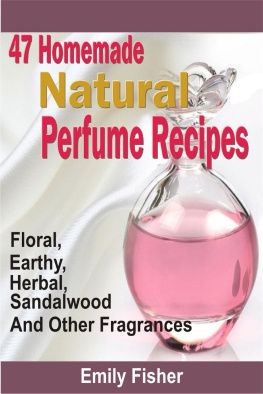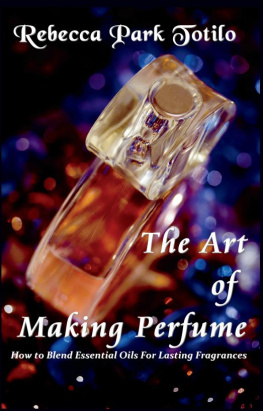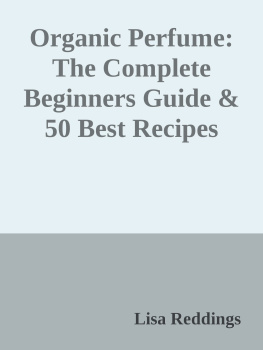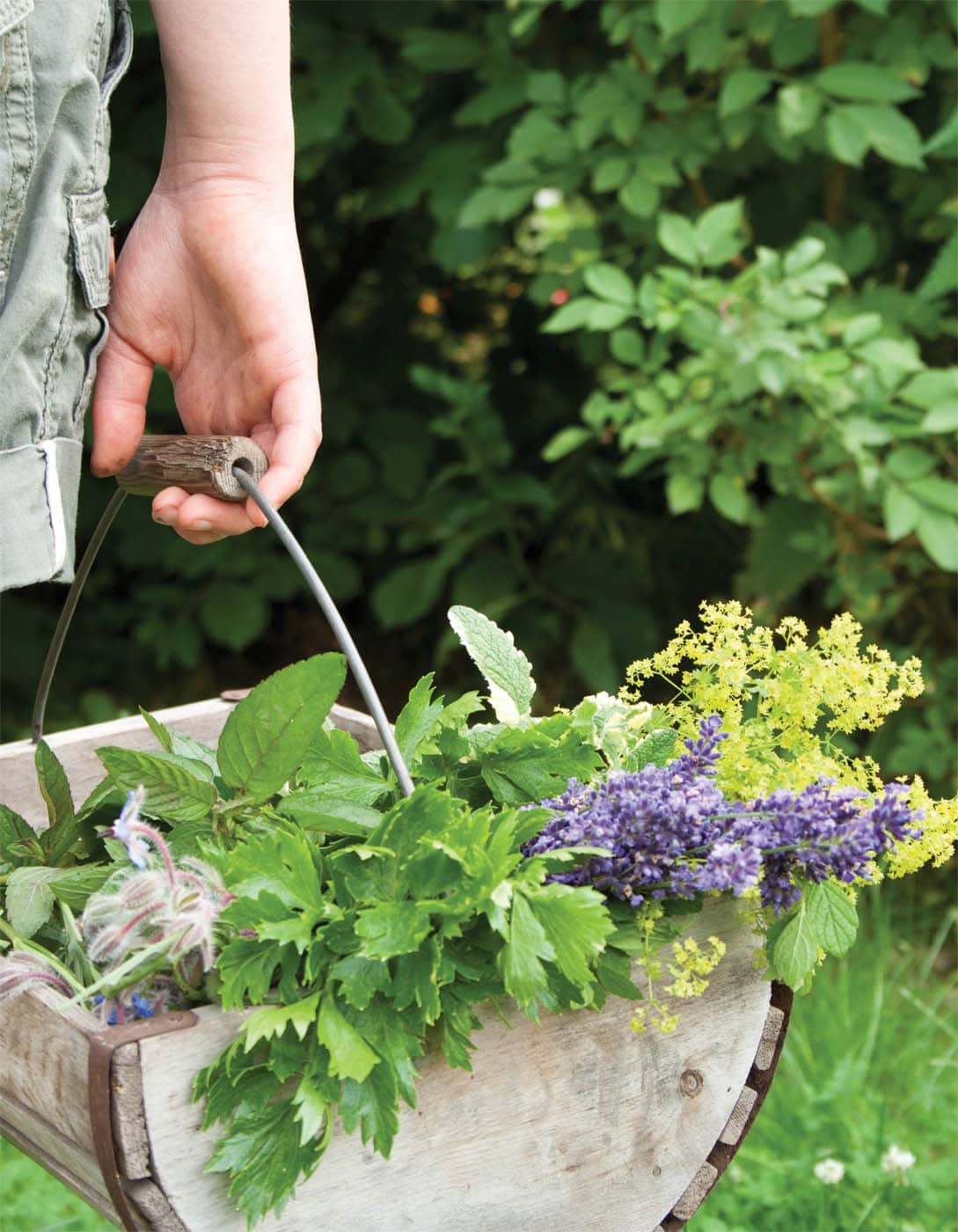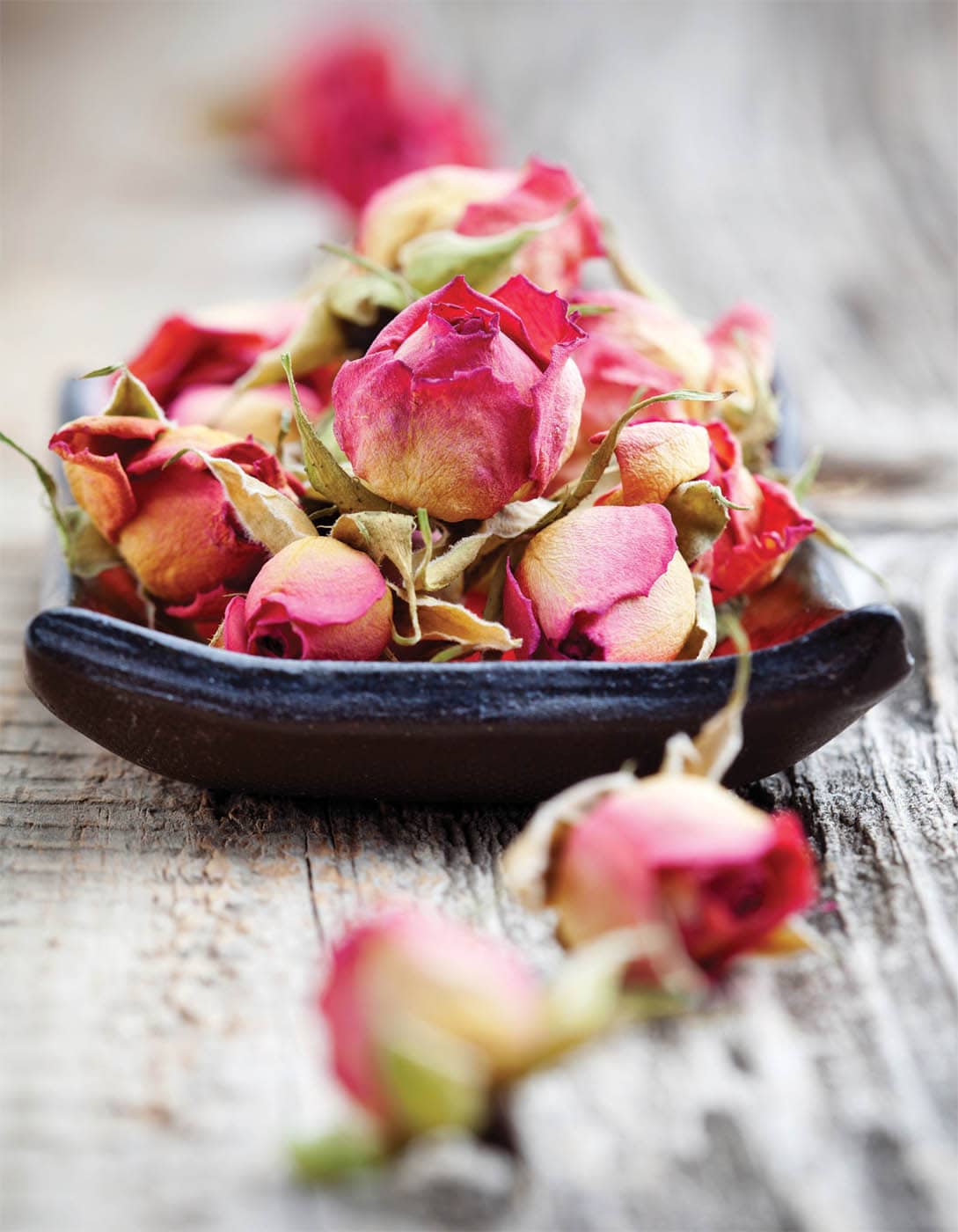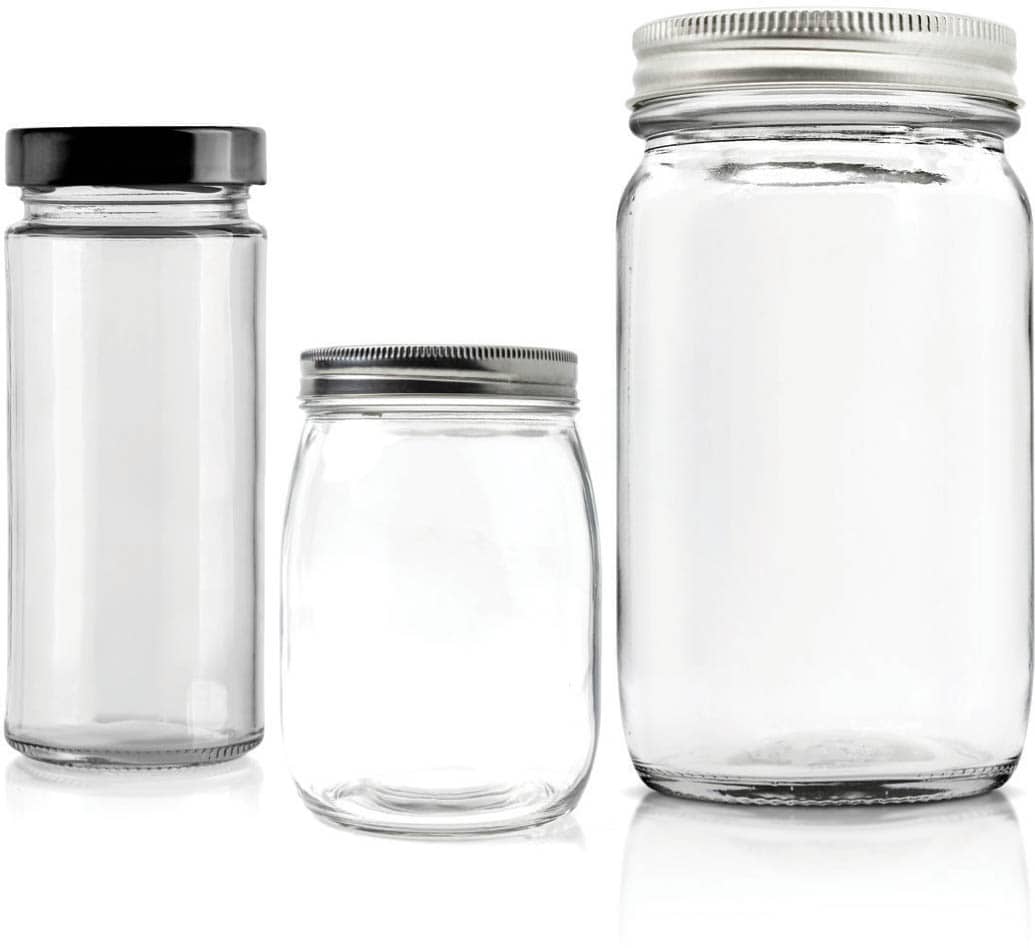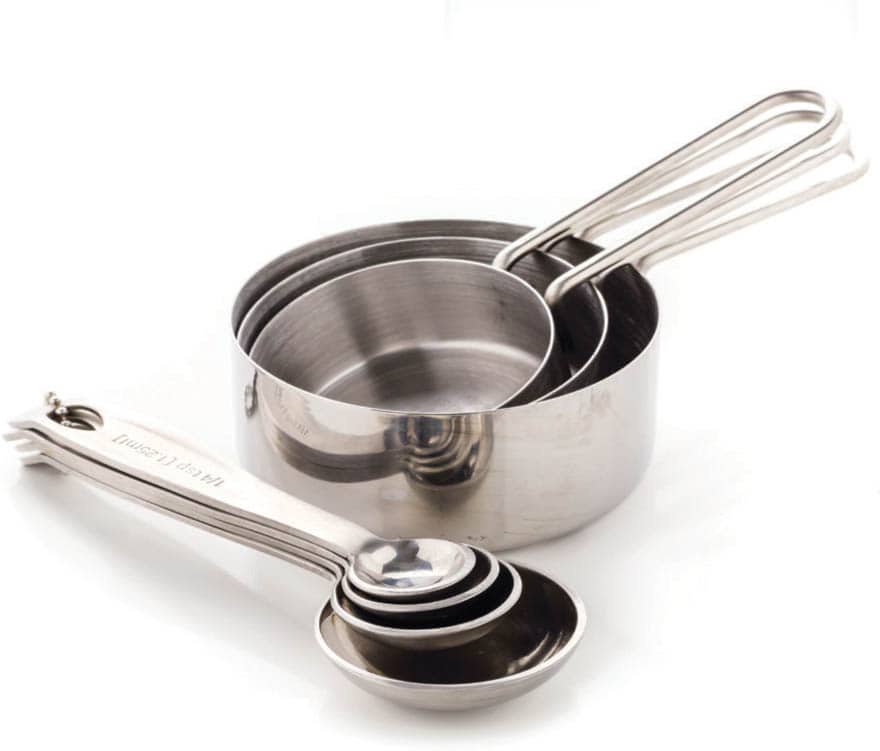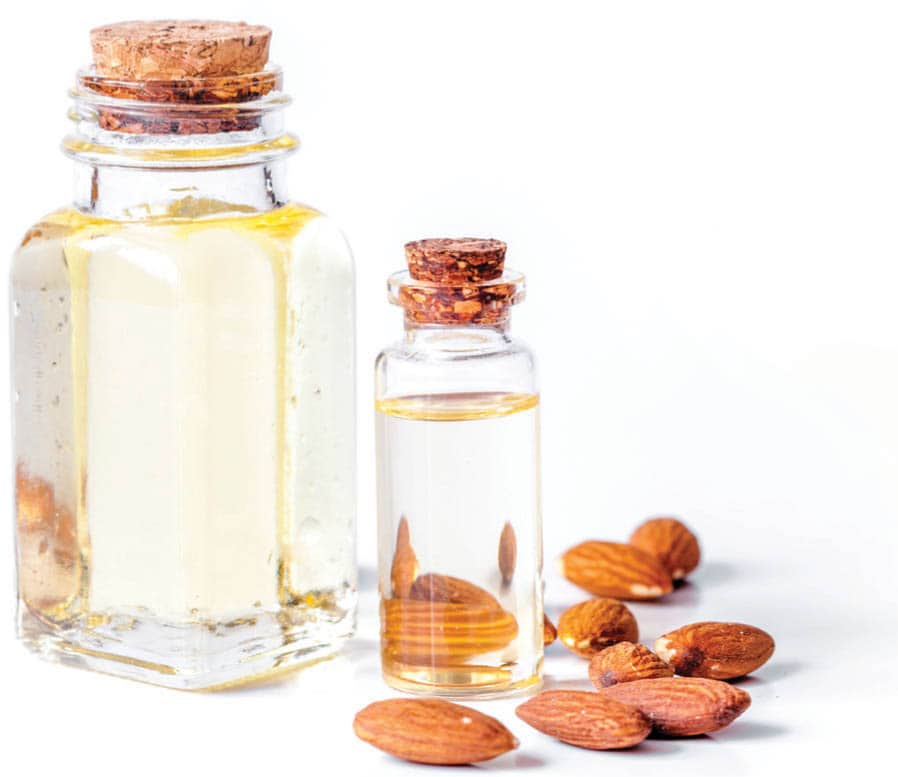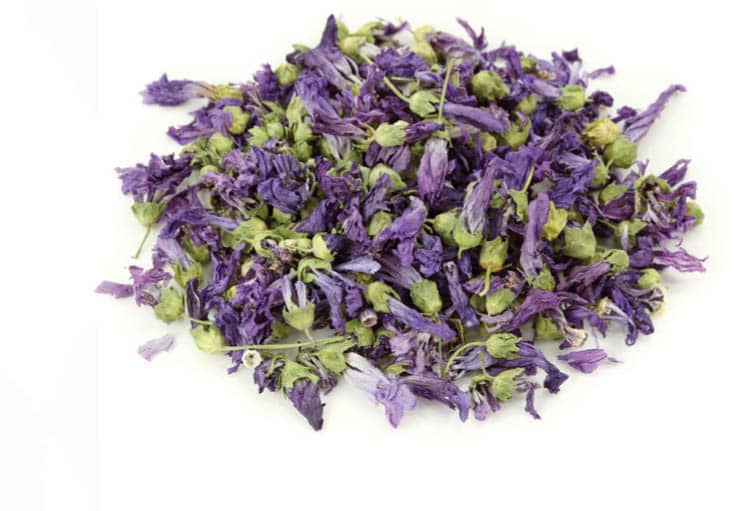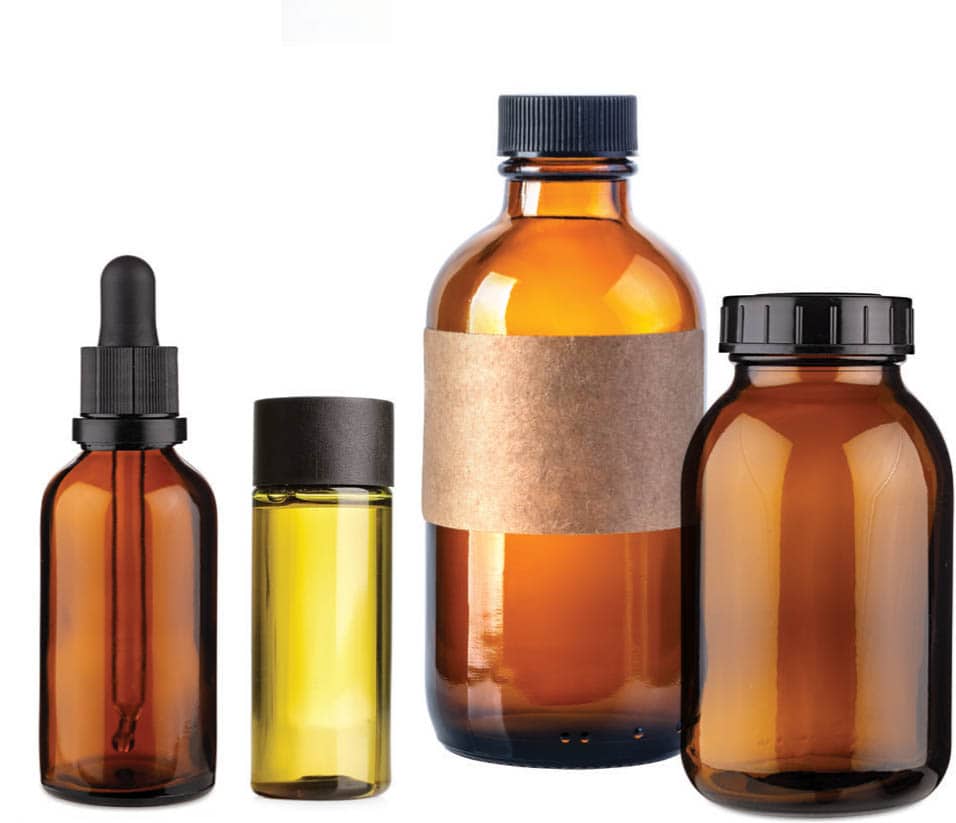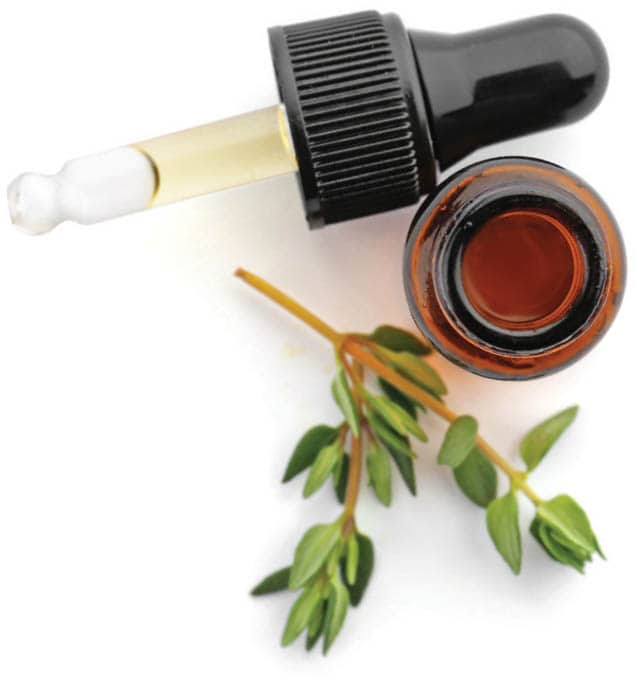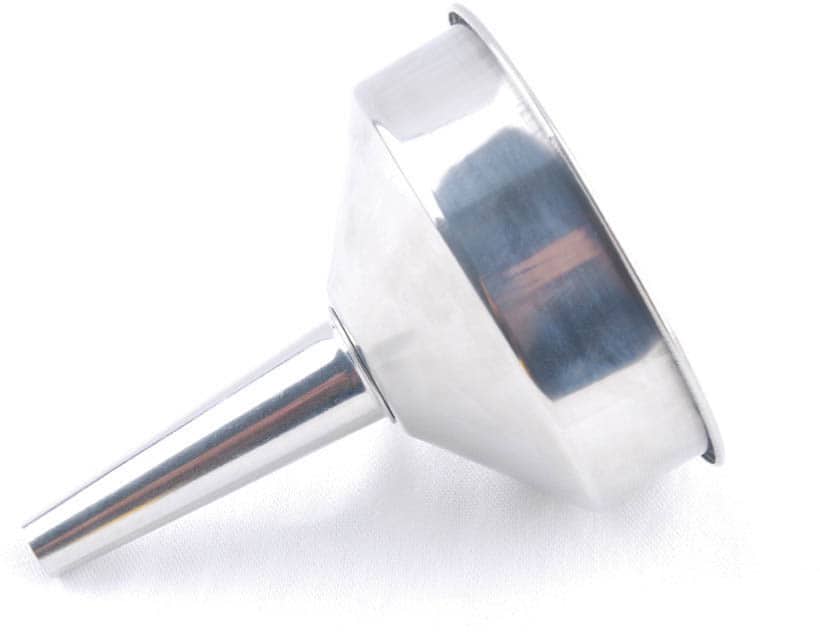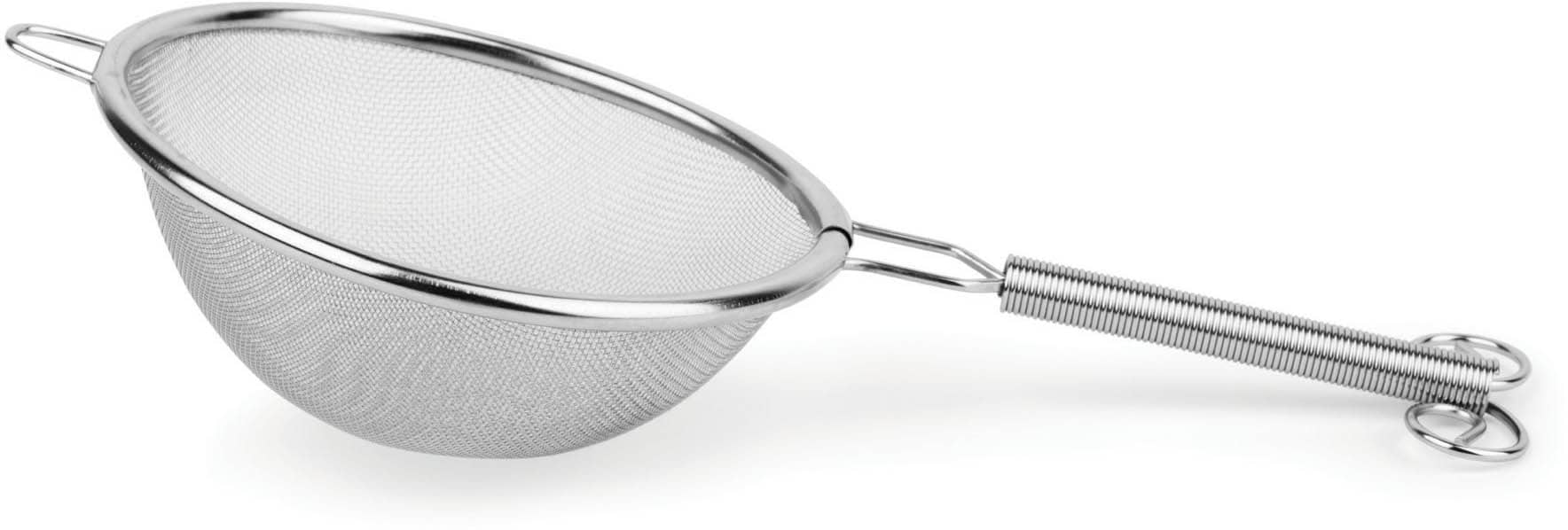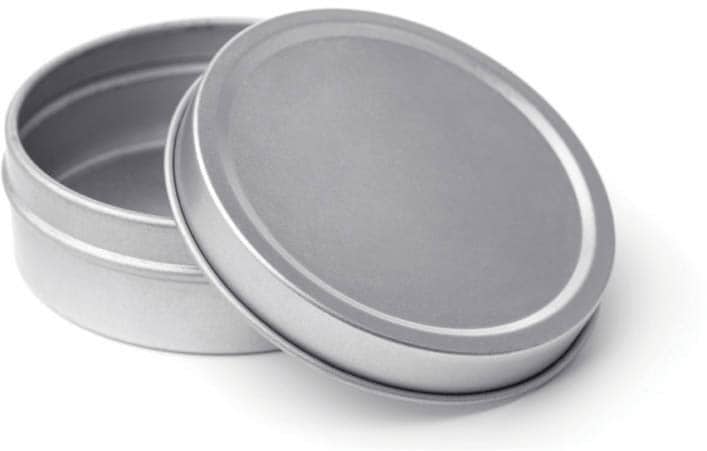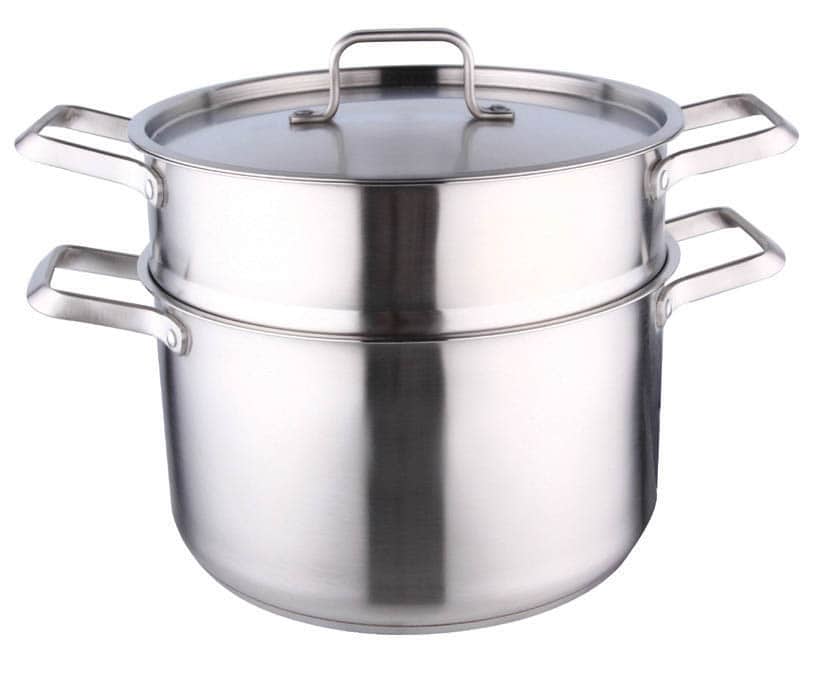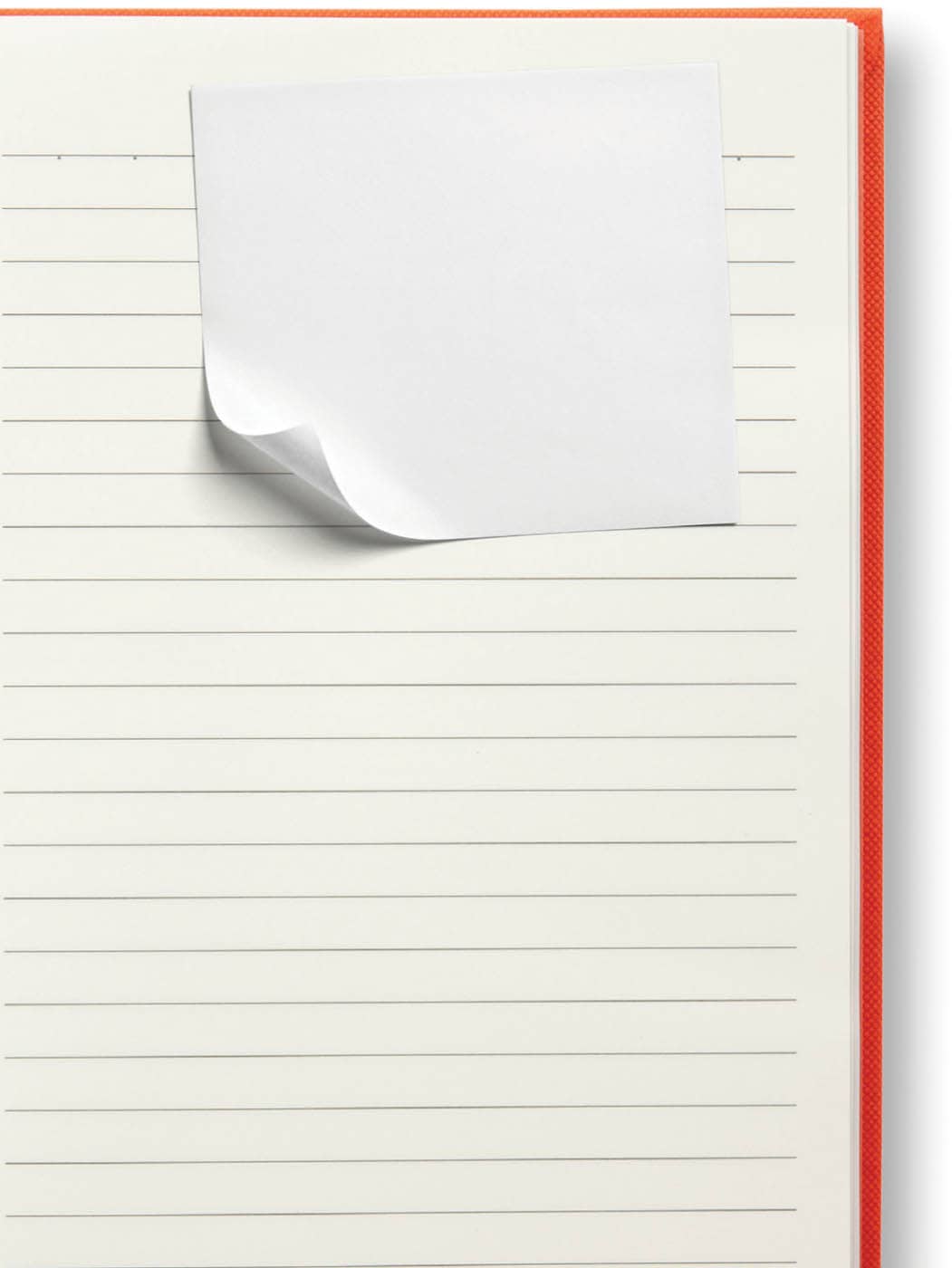Contents
Page List
Guide
Cover
ALL-NATURAL
Perfume
MAKING
FRAGRANCES TO LIFT YOUR MIND, BODY, AND SPIRIT
BY KRISTEN SCHUHMANN
Table of Contents
Introduction
W hen my sister and I were young, one of our favorite activities was to gather all the highly fragranced products in the house (shampoos, moisturizers, shower gels, conditioners, after-sun creams, and anything else that smelled good), mix them all together in a big bowl, and pretend to make our own signature perfumes. I had no idea at that time how easy it is to actually make your own custom perfumes, and its every bit as fun and even more rewarding than it was in those pretend sessions with my sister.
Making your own perfume with all-natural ingredients (which was definitely not what my sister and I were using when we were kids) is truly a joyful and life-enriching experience. The act of creation is something we all crave, but after childhoods LEGO-building and castle-drawing days are over, creativity often gets pushed aside for the daily responsibilities of adulthood.
Perfume making gives you the gift of creativity time, and you will also end up with a useful producta perfume that is beauty, personal expression, and wellness rolled into one. Depending on which ingredients you use and your end goals, you can make perfumes that uplift your mood, relax or perk up your brain, and smell exactly as you want.
Its also a sustainable hobby, because you can reuse bottles and buy ingredients in bulk, avoiding the unnecessary packaging and carbon footprint that might result from a store-bought perfume. Natural perfume making allows you to use non-toxic ingredients that do not pollute the environment in their creation, use, or disposal. You may even be able to source ingredients from your garden. Once youve made your oils and extracts, you can compost the herbs used back into the earth.
This creative hobby is the perfect melding of health, beauty, and pure fun in every way, and I hope you enjoy each step of the process as much as I do.
What You Will Need
What you will need to make natural perfumes varies, depending on whether you are making herbal extracts and infusions, using essential oils in alcohol or oil, or making a solid perfume. Here are some things that will make crafting a breeze, and the best part is that you probably have most, if not all, of the supplies at home already.
A few clean glass jars with lids to steep your herbal extracts and oils. These glass jars can be reused by putting them through a sanitize cycle in the dishwasher or rinsing them with alcohol.
Measuring cups and spoons
80 to 100 proof alcohol, such as vodka (which has the least amount of scent)
Oil, such as sweet almond oil, grapeseed oil, jojoba oil, or olive oil
Dried herbs and/or flower tops (such as rose petals, calendula tops, violets, or chamomile)
Small glass containers (around 1 oz. or smaller) for blending the essential oils (do not use plastic for storing essential oils)
Essential oils of your choice
A funnel for pouring liquids into bottles
Glass bottles for the finished perfumes with either a screw top, a pump top, a spray top, or a roller ball. Dark glass is optimal for natural perfumes because it protects the contents from sunlight, which can cause the perfume to age and fade before its time. If you only have clear glass available, just be sure to store your perfume in a cool, dark location.
Cheesecloth and a mesh strainer for infusions and extracts
A wooden chopstick or spoon for stirring
Beeswax or carnauba wax for solid perfumes. Carnauba wax, which comes from the leaves of a Brazilian palm tree, is completely vegan and regularly used in the cosmetics and body care industries.
Containers for solid perfume can be glass, plastic, or tin. Reusing old lip balm containers either in a small round balm size or a push-up container will work.
A double boiler for making herbal oil infusions. If you dont have a double boiler, you can use a glass measuring cup in a pot of water.


